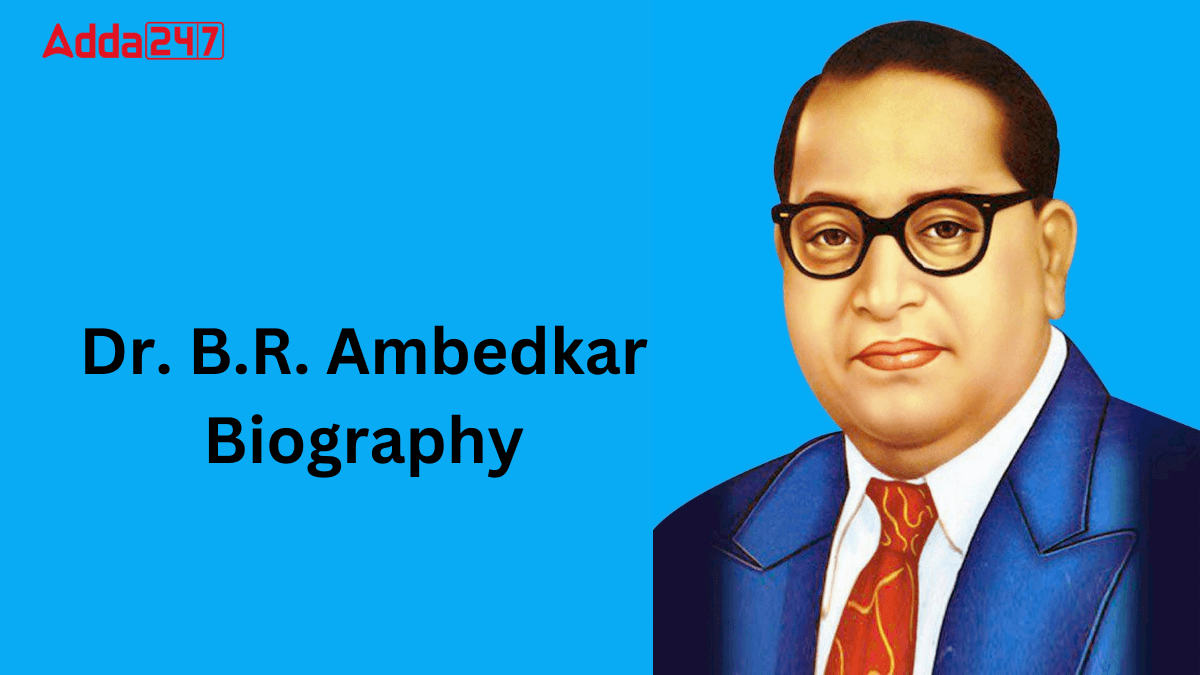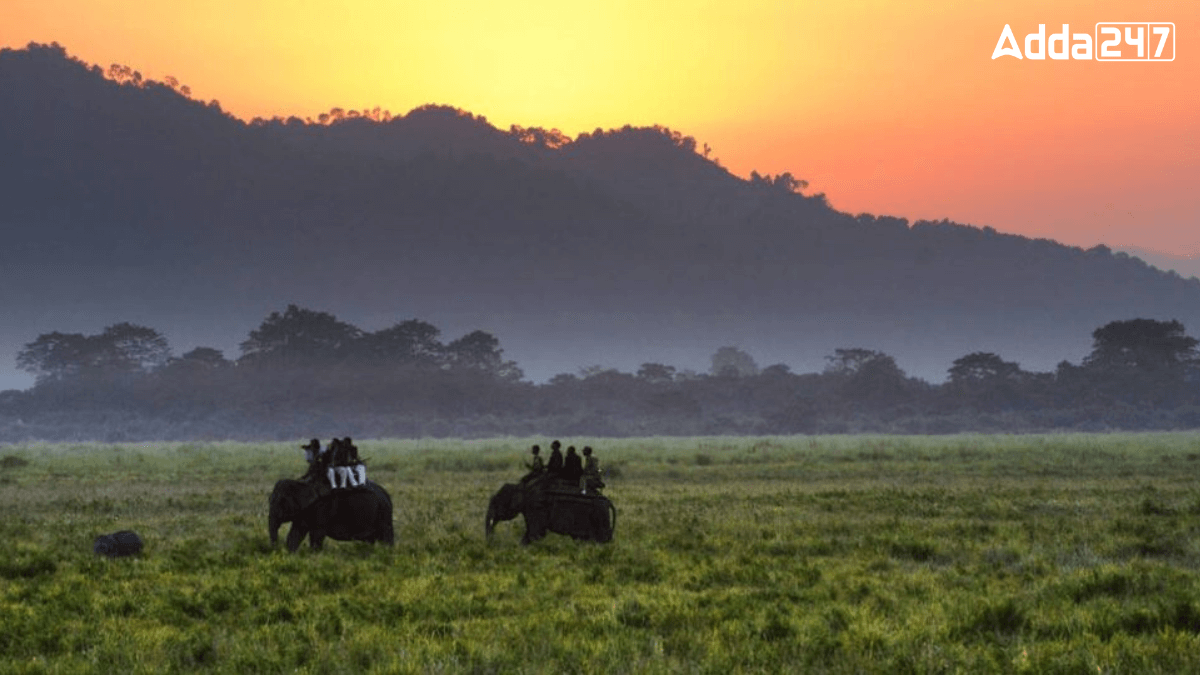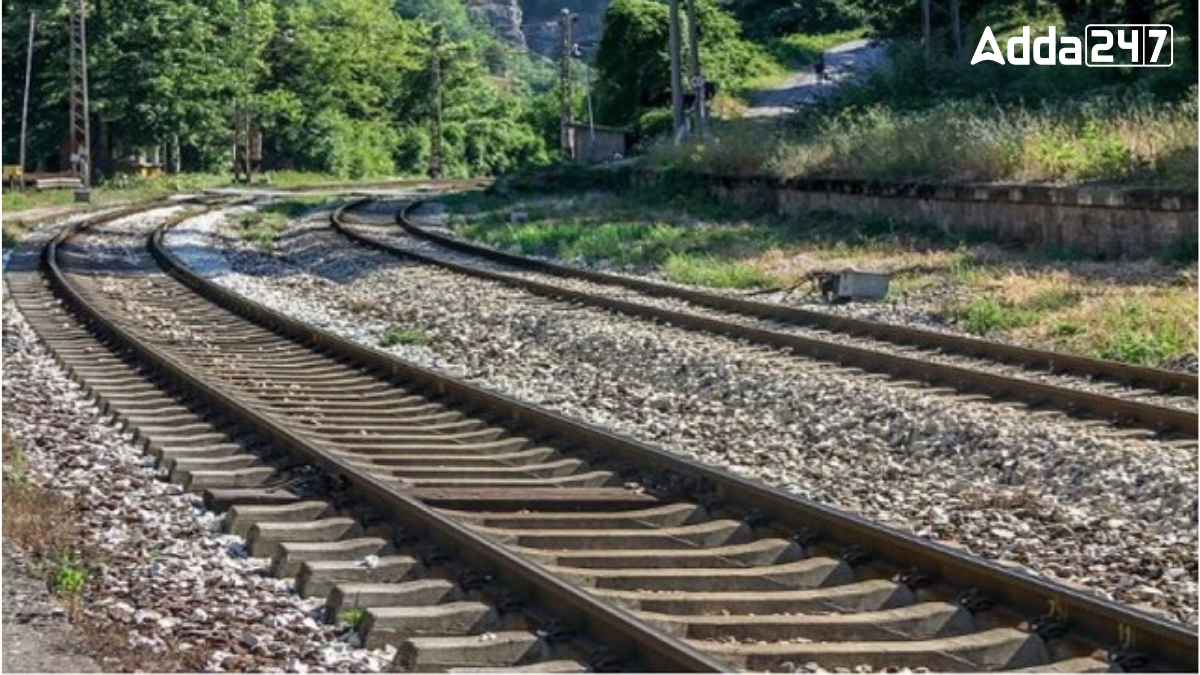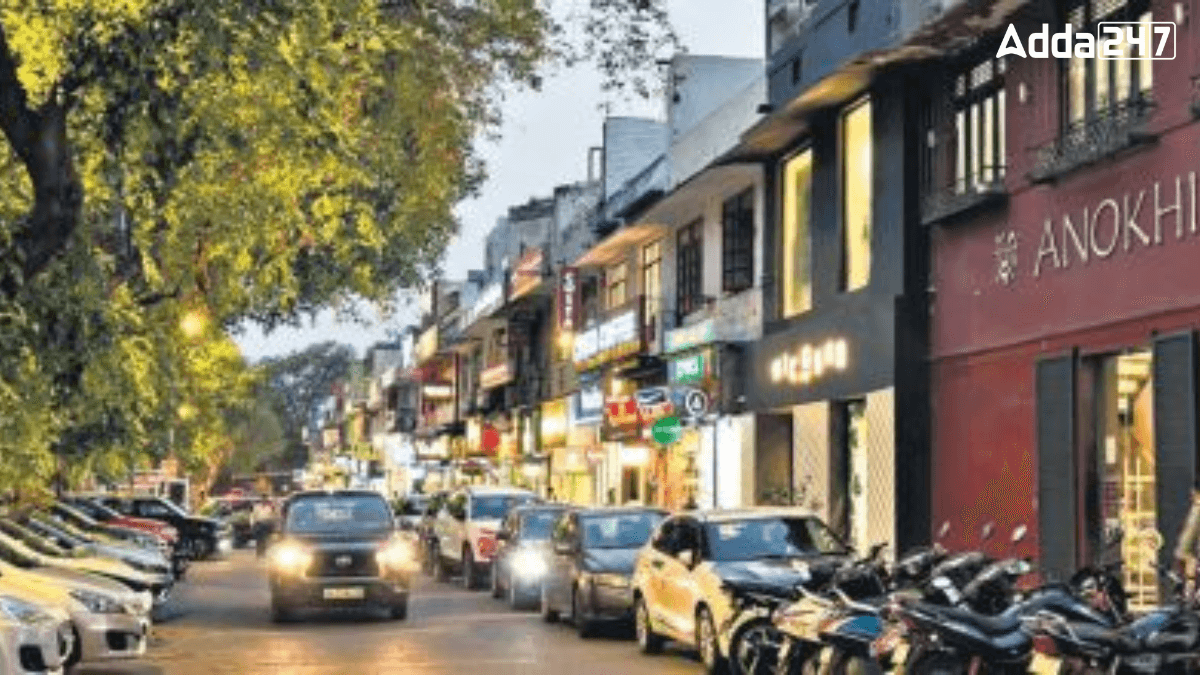Dr. B.R. Ambedkar, also known as Baba Saheb, was a great leader, social reformer, and the chief architect of the Indian Constitution. Born on April 14, 1891, in Madhya Pradesh, he dedicated his life to fighting against caste discrimination and uplifting the Dalit community. He believed in equality, education and justice for all.
69th Death Anniversary of Dr. B.R. Ambedkar
The 69th death anniversary of Babasaheb Ambedkar, known as Mahaparinirvan Diwas, will be observed on December 06th, 2024, by the Dr. Ambedkar Foundation (DAF) at Prerna Sthal, Parliament House Complex, on behalf of the Union Ministry of Social Justice and Empowerment.
Key Facts About Dr. Babasaheb Ambedkar
| Date of birth | 14th April 1891 |
| Place of birth | Mhow, Central Province, British India |
| Known as | Father of Indian Constitution |
| Profession | Jurist, Economist, Politician, Social Reformer, Writer |
| Awards | Bharat Ratna (1990) |
| Death | 06th December 1956 |
| Place of death | New Delhi, India |
Early Life and Family of Dr. B.R. Ambedkar
Dr. Bhimrao Ramji Ambedkar, also known as Baba Saheb, was born on 14th April 1891, in Mhow, Madhya Pradesh, India. His father, Ramji Makoji Sakpal, was an officer in British Indian Army and his mother was Bhimabai Sakpal. Ambedkar belonged to a Marathi Dalit family and was the 14th child of his parents. As a Dalit, he faced severe caste discrimination from a very young age.
Education Struggles and Achievements
Ambedkar’s childhood was marked by discrimination. At school, Dalit Children, including him, were treated as untouchables. They were made to sit separately, denied access to water, and often ignored by teachers. Despite these challenges in his educational life, Ambedkar excelled in his studies.
In 1908, he became the first Dalit to pass his matriculation from Elphinstone High School. Later, he earned a degree in political science and economics from Bombay University in 1912. Ambedkar’s remarkable intellect earned him a scholarship from Sayajirao Gaekwad of Baroda, allowing him to study abroad.
He completed his master’s degree in Economics at Columbia University in 1915 and wrote his first thesis, Ancient Indian Commerce. In 1923, he earned a doctorate from the London School of Economics. Ambedkar became the first Indian Dalit to achieve such academic excellence.
Challenges in Babasaheb Ambedkar’s Career
Even after completing his education, Ambedkar faced caste-based discrimination in his professional life. In 1916, he worked as a defense secretary for the Baroda state but was ridiculed and treated unfairly because of his Dalit identity. After resigning, he took up various jobs, including teaching at Sydenham College in Mumbai.
Social Reforms and Activism
Ambedkar dedicated his life to fighting for Dalit rights and eradicating caste discrimination. In 1927, he launched a movement against untouchability, demanding equal rights for Dalits, including access to public water and temples. He founded organizations life Bahishkrit Hitakarni Sabha to promote education and social welfare for backward classes.
He also established the Independent Labour Party in 1935 and published influential books such as The Annihilation of Caste and Who Were the Shudras? to challenge orthodox Hindu beliefs.
Role in India’s Independence
Ambedkar played a key role in India’s fight for independence. After, Independence, he became the first minister of Law and Justice. As the chairman of the Constitution Drafting Committee, he was instrumental in framing the Indian Constitution, which guarantees equality and justice to all citizens.
Conversion to Buddhism
In 1956, Ambedkar converted to Buddhism, along with thousands of his followers, as he believed it was a path to equality and freedom from caste discrimination. He considered Buddhism a rational and scientific religion.
Death and Legacy of Dr. B.R. Ambedkar
Ambedkar passed away on December 6, 1956, due to diabetes. Despite facing immense challenges, his determination and education transformed him into a leader who shaped modern India.
Awards and Honors Received by Dr. Ambedkar
Here is the list of awards and honors received by Dr. B.R. Ambedkar:
| Awards and Honors | Details |
| Bharat Ratna (1990) | Posthumously awarded India’s highest civilian honor. |
| Bodhisattva (1956) | Received the Bodhisattva title in recognition of his contributions. |
| First Columbian Ahead of their Time (2004) | Honored by Columbia University for his pioneering work. |
| The Greatest Indian (2012) | Voted as the Greatest Indian in a nationwide poll. |
| Dr. Ambedkar National Award | Given by the Government of India for contributions to social understanding and upliftment. |
| Dr. B.R. Ambedkar Memorial Award | Awarded to Scheduled Caste students for academic excellence. |
| Dr. Ambedkar International Award | Presented annually to individuals or organizations promoting the upliftment of weaker sections. |












